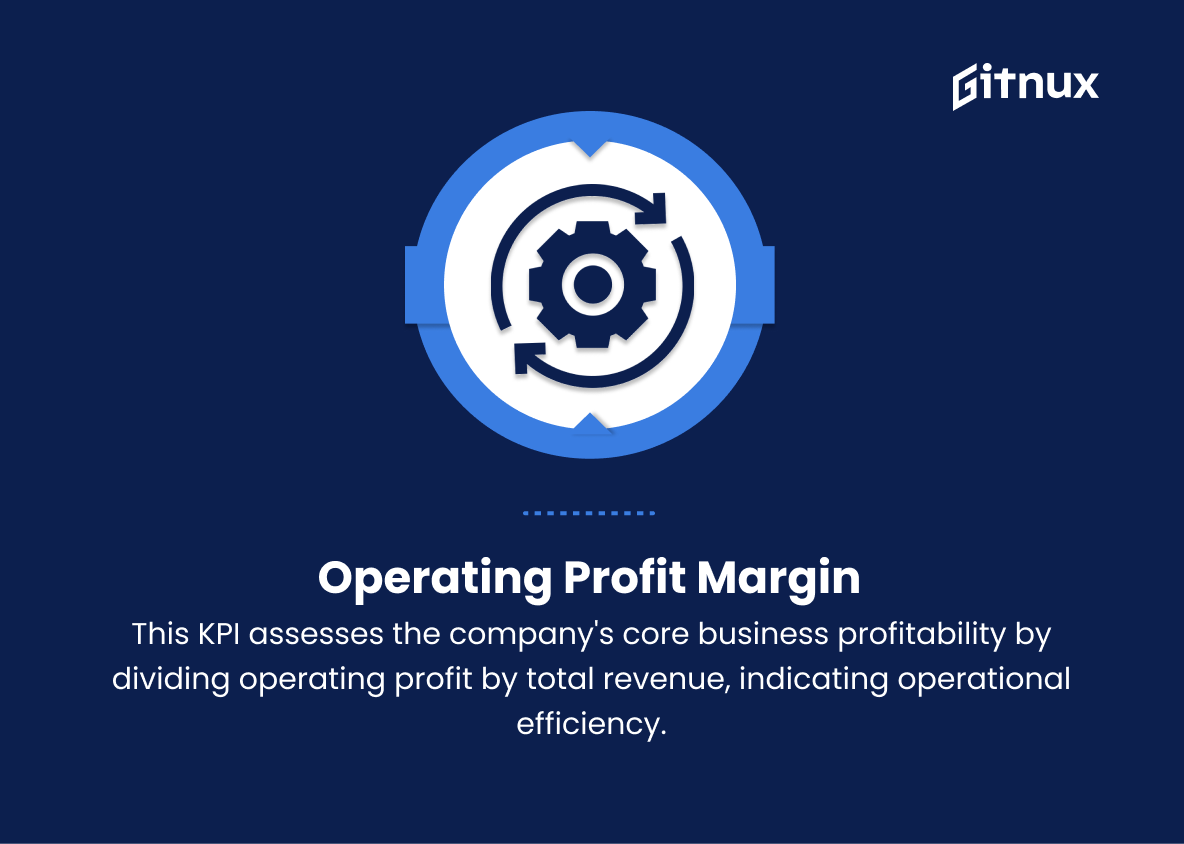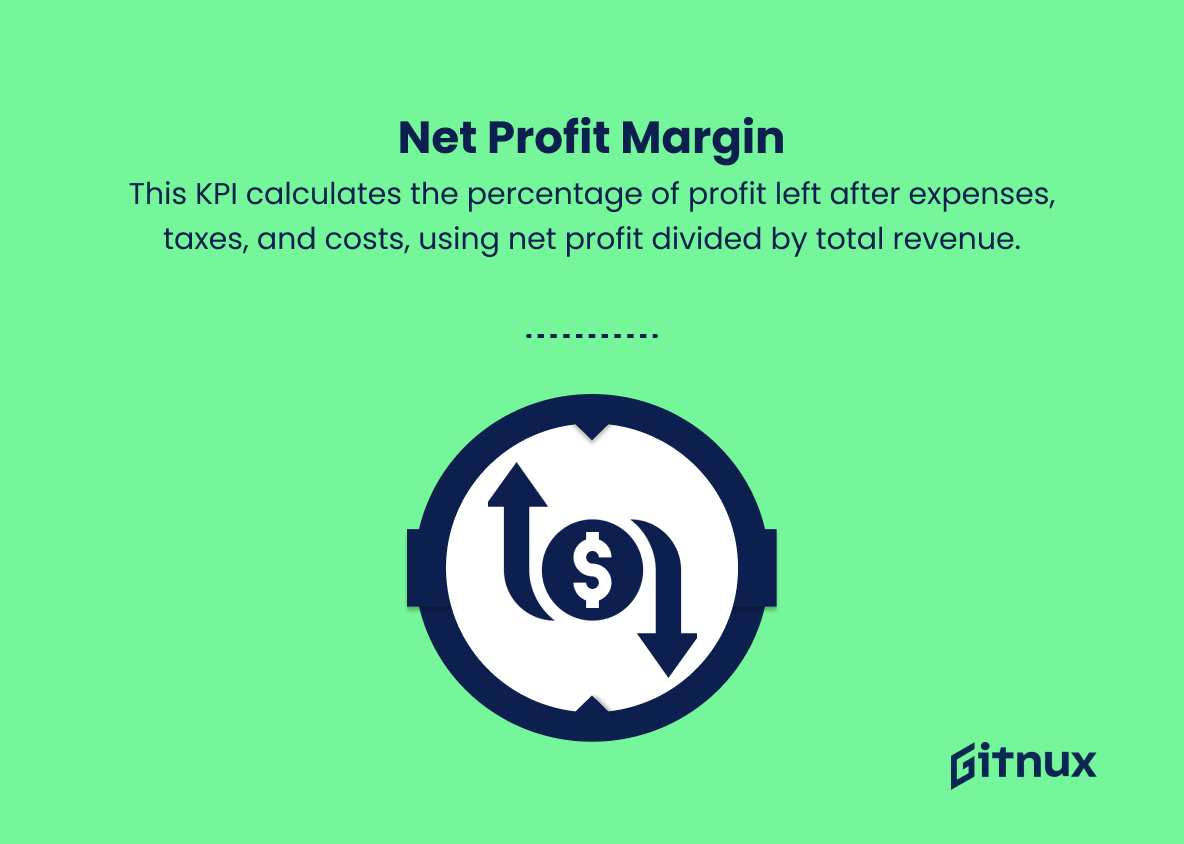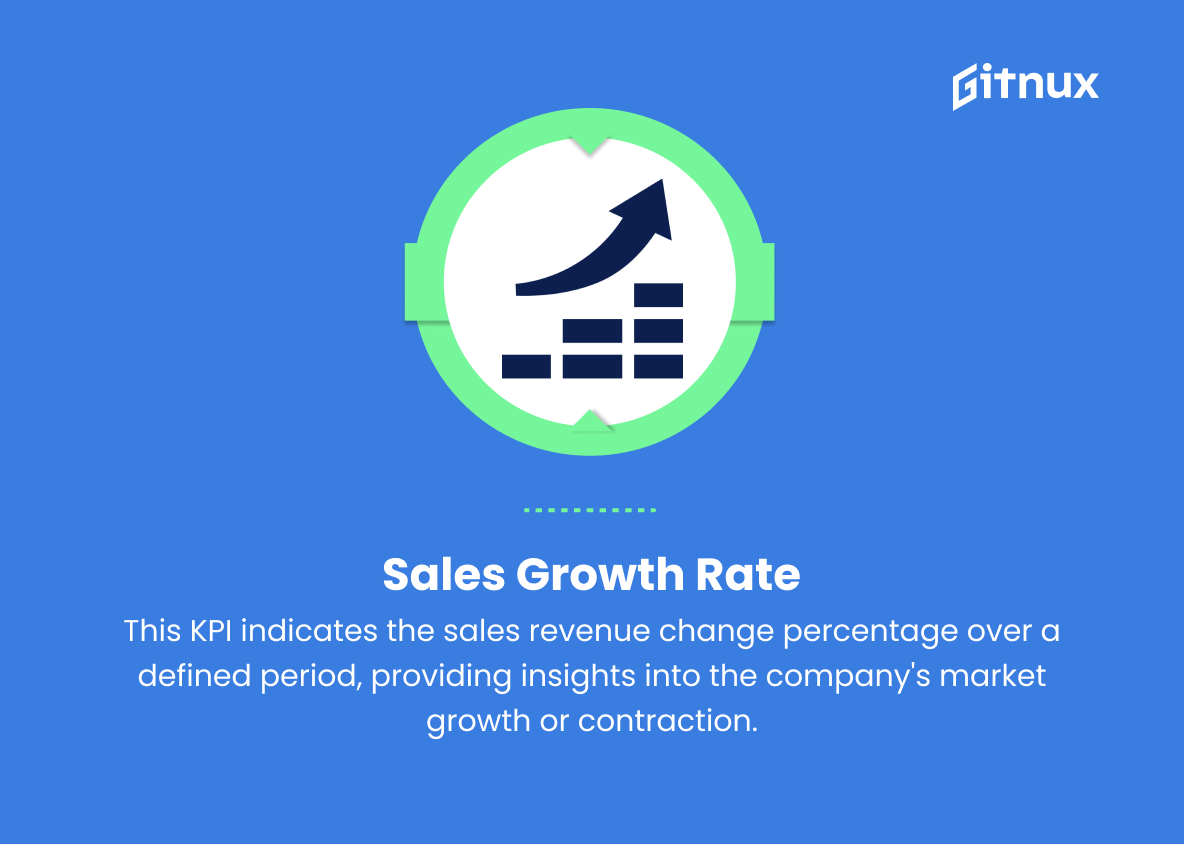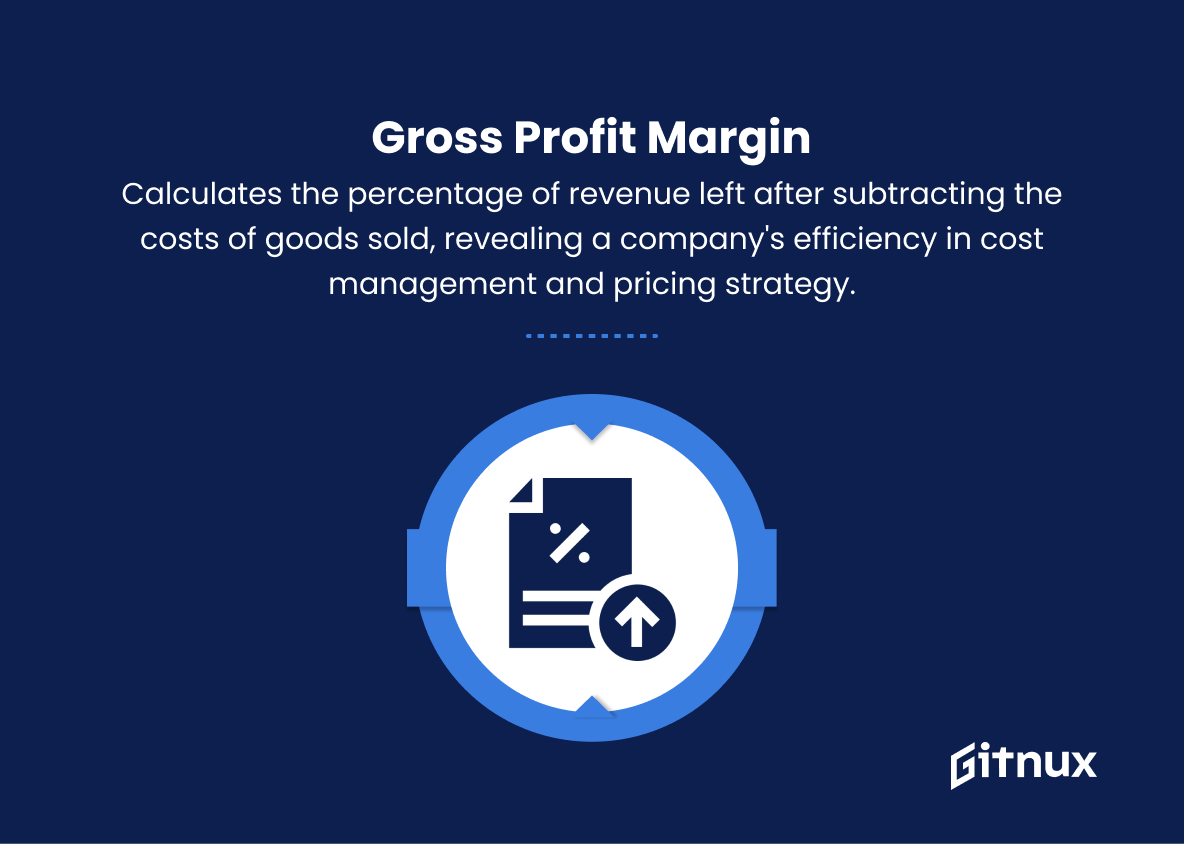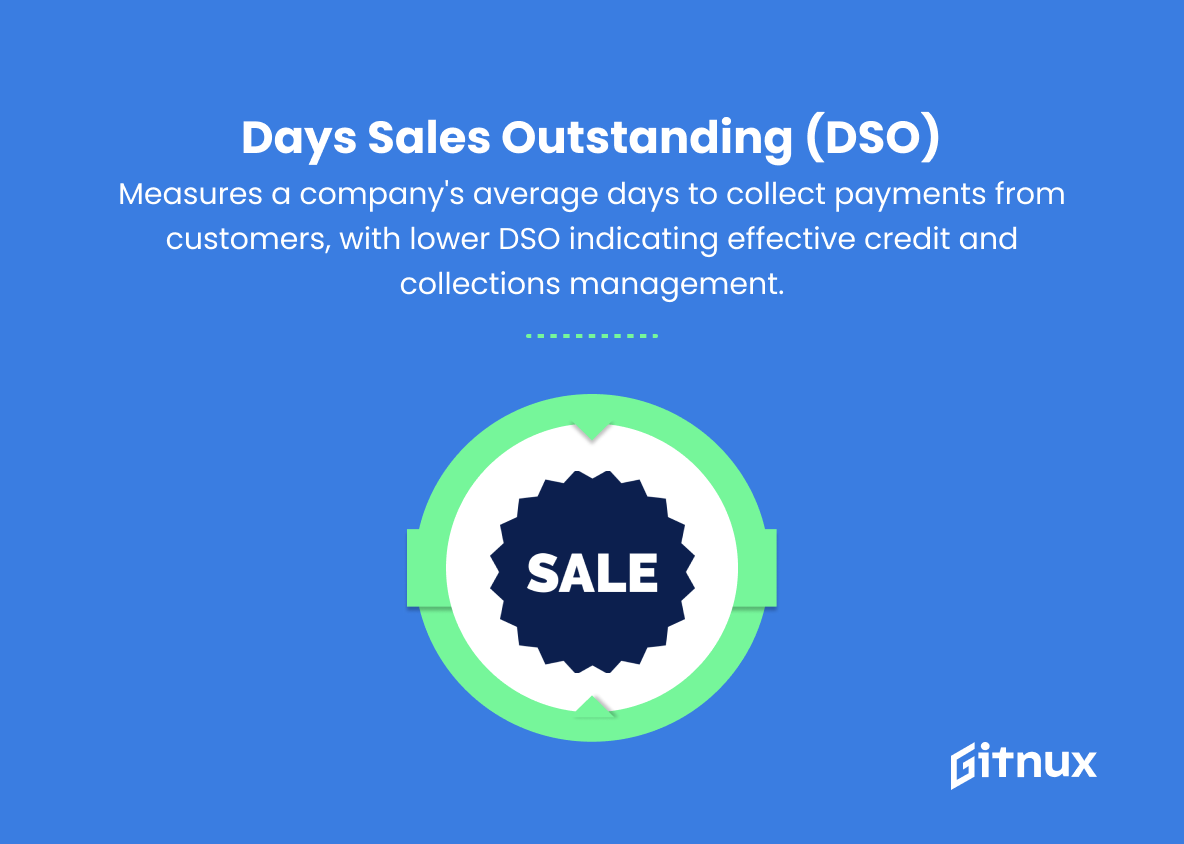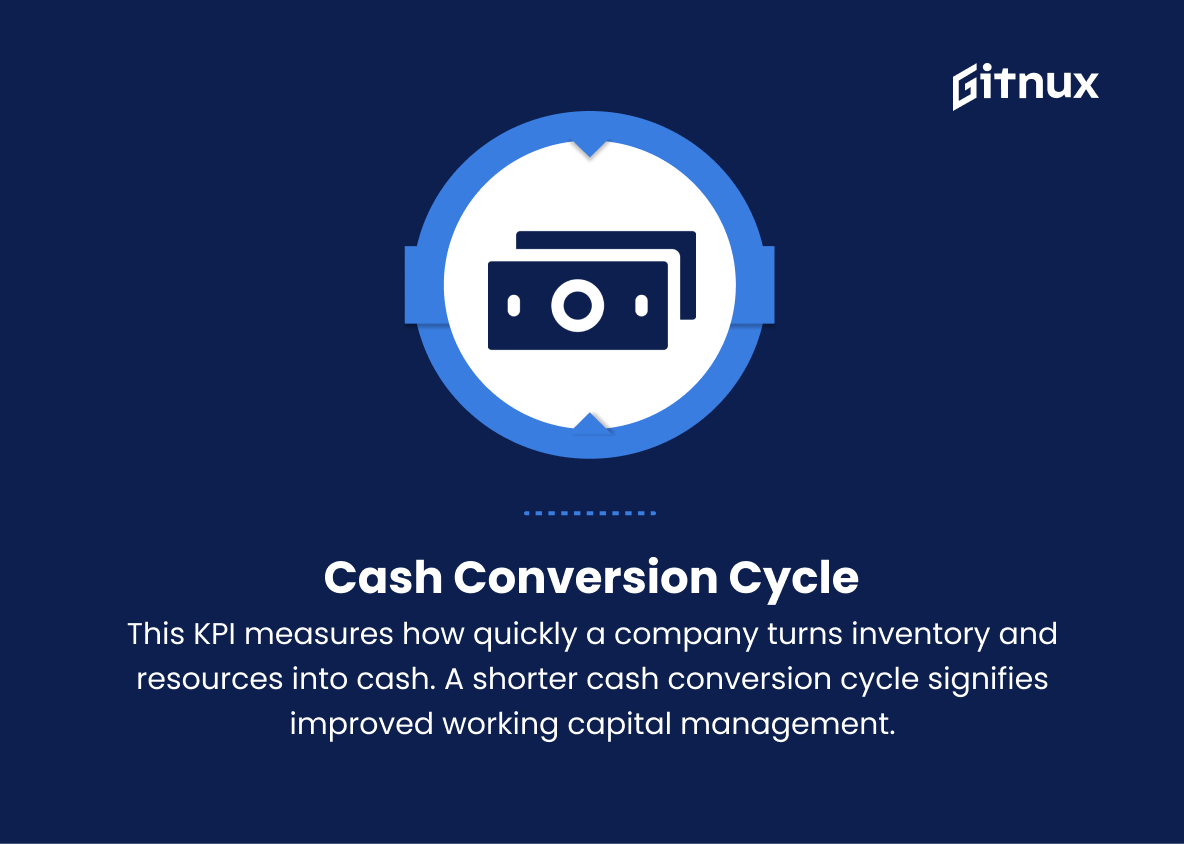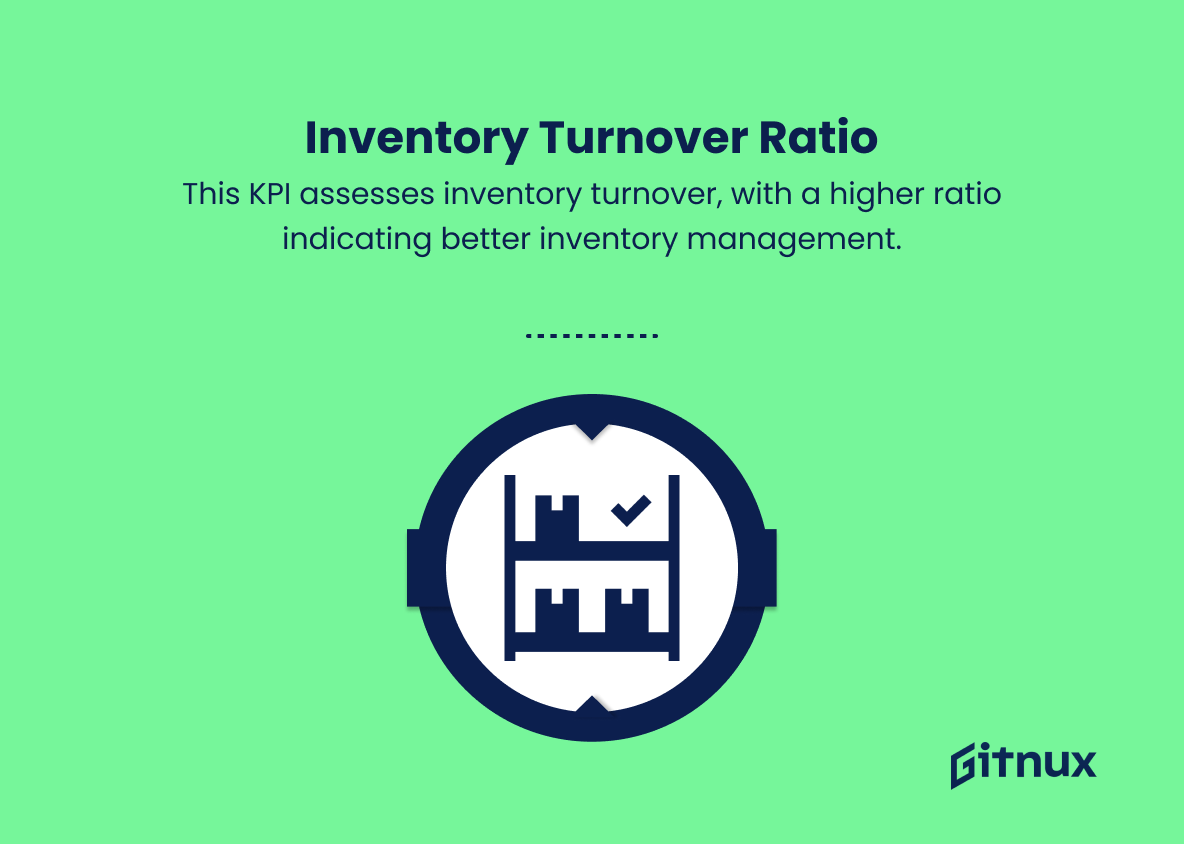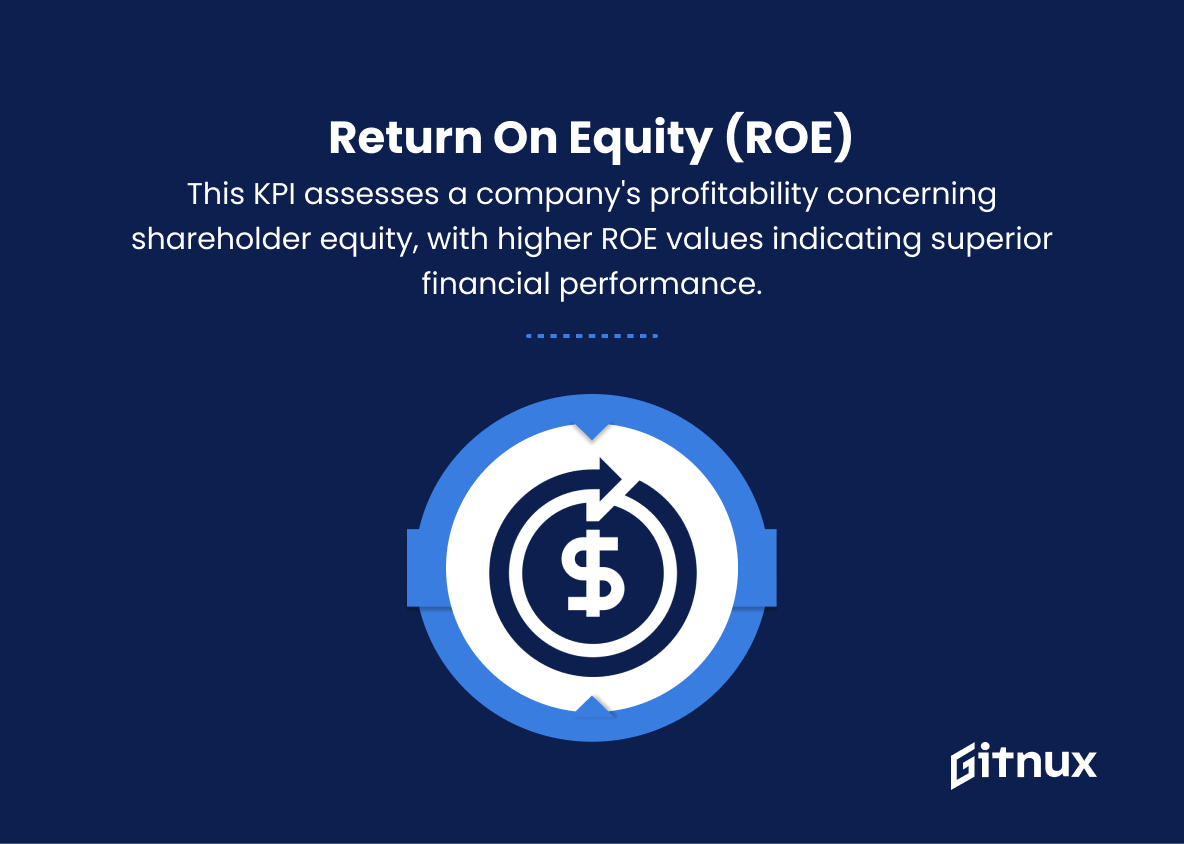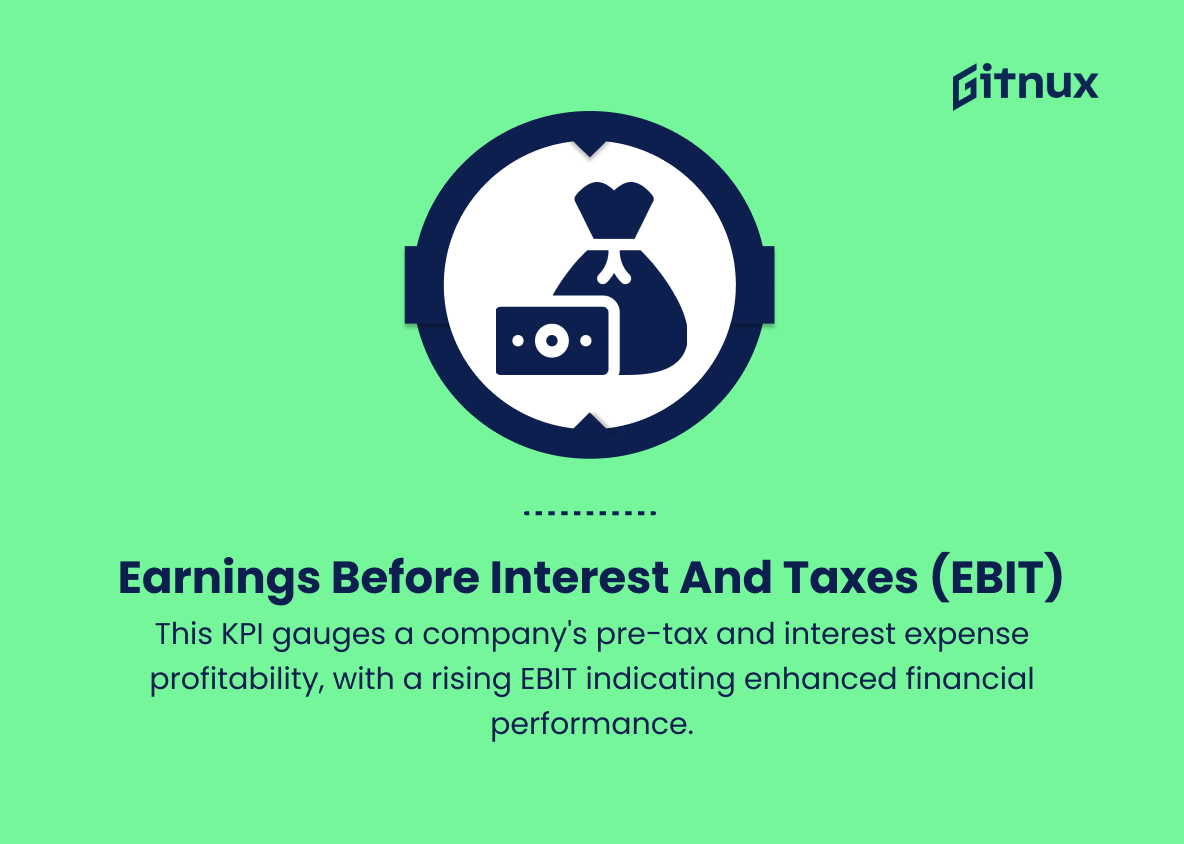In today’s data-driven business landscape, effective financial planning and analysis (FP&A) have become critical components for organizations seeking to maintain a competitive edge. With so much valuable information available at their fingertips, companies rely on key performance indicators (KPIs) to measure progress, analyze trends, and ultimately make informed and strategic decisions.
This blog post dives deep into the world of FP&A KPIs, exploring their importance, their role in driving performance, and the top metrics your organization should be utilizing to maximize its potential. Join us as we unravel the complexities of FP&A KPIs and help you unlock the key to financial success.
FP&A KPIs You Should Know
1. Operating Profit Margin
This KPI measures the company’s ability to generate profit from its regular business operations. It is calculated as operating profit divided by total revenue, and it helps assess the efficiency of the company’s core business activities.
2. Net Profit Margin
This KPI measures the percentage of total revenue that remains as profit after accounting for all expenses, taxes, and costs. It is calculated as net profit divided by total revenue.
3. Sales Growth Rate
This KPI shows the percentage increase or decrease in sales revenue over a specific period. It helps understand the company’s growth and expansion in the market.
With so much valuable information available at their fingertips, companies rely on key performance indicators (KPIs) to measure progress, analyze trends, and ultimately make informed and strategic decisions.4. Gross Profit Margin
This KPI measures the percentage of revenue remaining after subtracting the costs of goods sold. It shows the efficiency of a company in managing its production costs and pricing strategy.
5. Current Ratio
This KPI evaluates the company’s ability to meet its short-term obligations. It is calculated as current assets divided by current liabilities.
6. Days Sales Outstanding (DSO)
This KPI measures the average number of days it takes for a company to collect payments from its customers. Lower DSO is preferred, as it indicates efficient credit and collections management.
7. Cash Conversion Cycle
This KPI measures the time it takes to convert investments in inventory and other resources into cash. A shorter cash conversion cycle indicates better working capital management.
In today’s data-driven business landscape, effective financial planning and analysis (FP&A) have become critical components for organizations seeking to maintain a competitive edge.8. Inventory Turnover Ratio
This KPI measures how many times a company sells and replaces its inventory during a specific period. A higher ratio indicates efficient inventory management.
9. Return on Assets (ROA)
This KPI measures a company’s profitability relative to its total assets. It is calculated as net income divided by total assets and helps in understanding how effectively the company uses its assets to generate profit.
10. Return on Equity (ROE)
This KPI measures the profitability of a company in relation to its shareholder’s equity. Higher ROE values indicate better profitability and financial management.
11. Earnings Before Interest and Taxes (EBIT)
This KPI measures a company’s overall profitability before taxes and interest expenses are deducted. An increasing EBIT over time indicates improved financial performance.
12. Debt-to-Equity Ratio
This KPI shows the proportion of a company’s debt to its equity. A lower ratio indicates a stable financial position and that the company is not overly reliant on debt for its operations.
13. Budget Variance
This KPI evaluates the difference between planned (budgeted) and actual expenditures or revenues. It helps analyze whether the company is meeting its financial targets and whether adjustments need to be made.
FP&A KPIs Explained
The Financial Planning and Analysis (FP&A) KPIs play a crucial role in evaluating a company’s financial health and performance. Operating Profit Margin, Net Profit Margin, and Gross Profit Margin help assess the efficiency of a company’s core business activities, production costs, and pricing strategy. Sales Growth Rate aids in understanding the company’s growth in the market, while Current Ratio evaluates its ability to meet short-term obligations.
Days Sales Outstanding (DSO) and Cash Conversion Cycle highlight the efficiency of credit management and working capital management. Inventory Turnover Ratio, Return on Assets (ROA), and Return on Equity (ROE) demonstrate inventory management, asset and equity utilization, and financial management efficiency. Earnings Before Interest and Taxes (EBIT) showcase the financial performance, while Debt-to-Equity Ratio indicates the company’s financial stability.
Finally, Budget Variance helps determine if a company is meeting its financial targets and any necessary adjustments. Together, these KPIs provide a comprehensive understanding of a company’s financial standing and can guide strategic decision-making for improved profitability and growth.
Conclusion
In summary, Financial Planning & Analysis (FP&A) KPIs are crucial tools for businesses in measuring their financial performance, driving strategic decision-making, and ensuring smooth and sustainable growth. By establishing and monitoring accurate KPIs, organizations can identify strengths, weaknesses, and areas for improvement.
As a result, this enables them to optimize their financial management processes, thus maximizing overall efficiency and achieving business objectives. It is essential to continuously review and adapt these KPIs in response to evolving market conditions and organizational goals, ensuring that they remain relevant and up-to-date in facilitating a company’s progress towards financial success.
